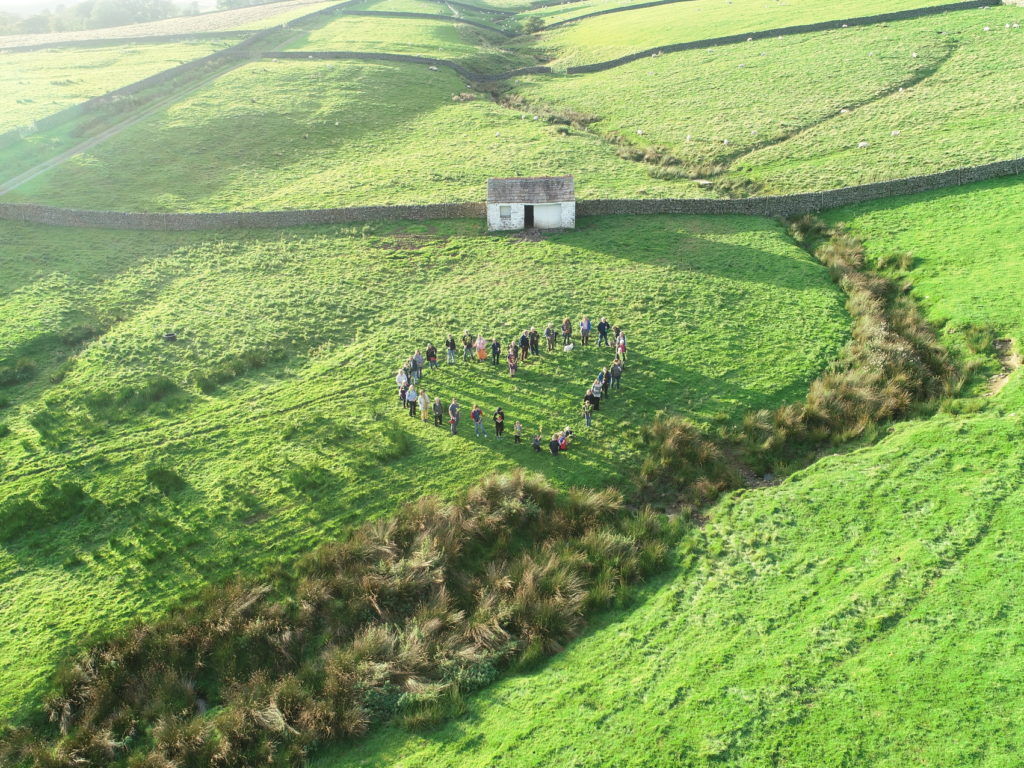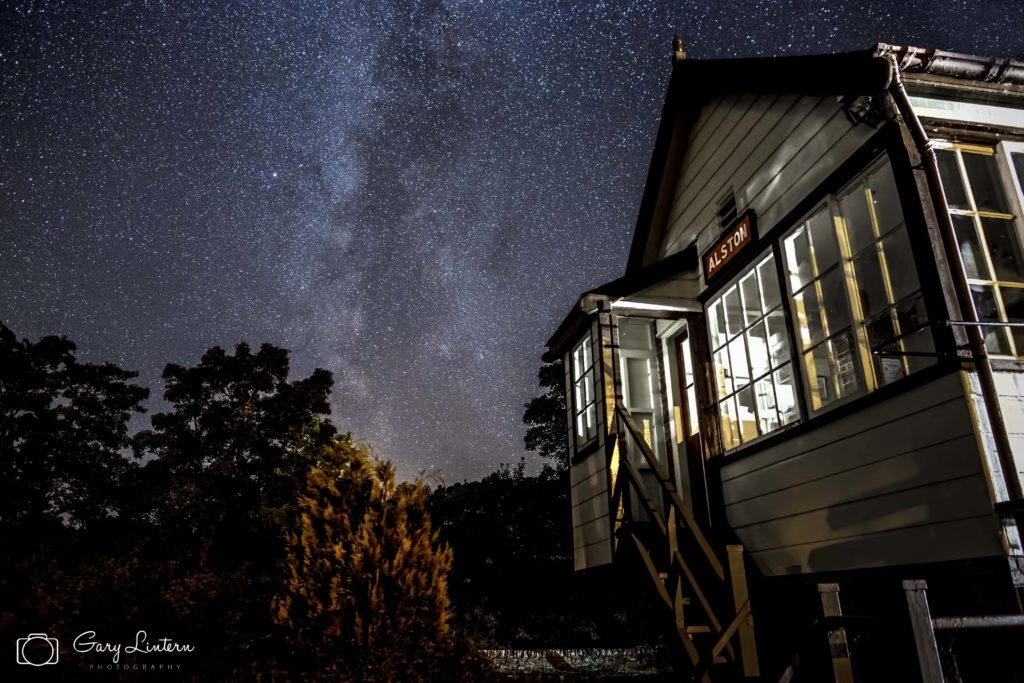News
Geopark at home #1
5 December 2024
Geopark at home
Activity 1 – sands of time
Download a printable version of these instructions here.
Find out how the sandstones of the North Pennines AONB and Geopark formed millions of years ago in this hands-on activity.
You will need:
- A tray or box suitable for holding water (e.g. A4 size or bigger)
- Sand
- A jug of water
What to do:
Put some sand in the bottom of the tray or box. Push it all to one half of the tray and make a slope from the end of the tray down towards the middle. The sand is your coast and the bottom of the tray is the sea. Draw a shallow line in the sand with a finger from the top of the slope to the bottom. This will be your river channel.
Slowly pour water into the river channel from the top of the slope. This is your river. Watch carefully what happens to the channel, and what happens when the river meets the sea.

(Sorry for the very blurry photo!)
What’s going on?
To start with all the water probably disappeared into the sand. Sandy soil can hold a lot of water in the gaps between the grains of sand. Once enough of those gaps are full though, the river starts to flow, from its source at the top of the slope, to its mouth where it meets the sea. The river carries some of the sand from the top of the slope to the bottom, changing the shape of the channel. This is erosion. At the mouth of the river, some of the sand gets washed out to sea, and leaves a kind of fan shape on the sea floor by the coast. What you have made is a river delta. Lots of rivers form huge, sandy deltas, such as the Nile and the Mississippi. They happen where flowing rivers meet stiller waters like the sea so grains of sand carried by the water stop and sink to the bottom.
About 350 to 300 million years ago, the bit of the Earth’s crust that is now the North Pennines was down near the equator, at the edge of a shallow tropical sea. Sometimes huge rivers to the north washed in sand, forming massive deltas. As the sand got buried and squashed and stuck together, it formed sandstone. Today there are lots of layers of this sandstone in the North Pennines, and many of the houses and stone walls are built from it. Sometimes you can see the grains and layers of sand clearly, and even work out which way the water was flowing!

Take it further:
Start again with fresh sand, or let your sand dry out a bit.
- What happens if you pour the water faster or slower?
- Try making a steeper or shallower slope before you start. Is it the same?
- What if you pour water into two channels at the same time?
- Build up different shapes with the sand like hills and valleys. What happens now?
- Use a different material instead of sand, like soil or gravel where the grains are different sizes. Does it make a difference?
Share your pictures or comments on Facebook or Twitter, and let us know if you enjoyed the first Geopark at home activity.
Facebook: https://www.facebook.com/NorthPenninesAONB Twitter: https://www.twitter.com/NorthPennAONB














